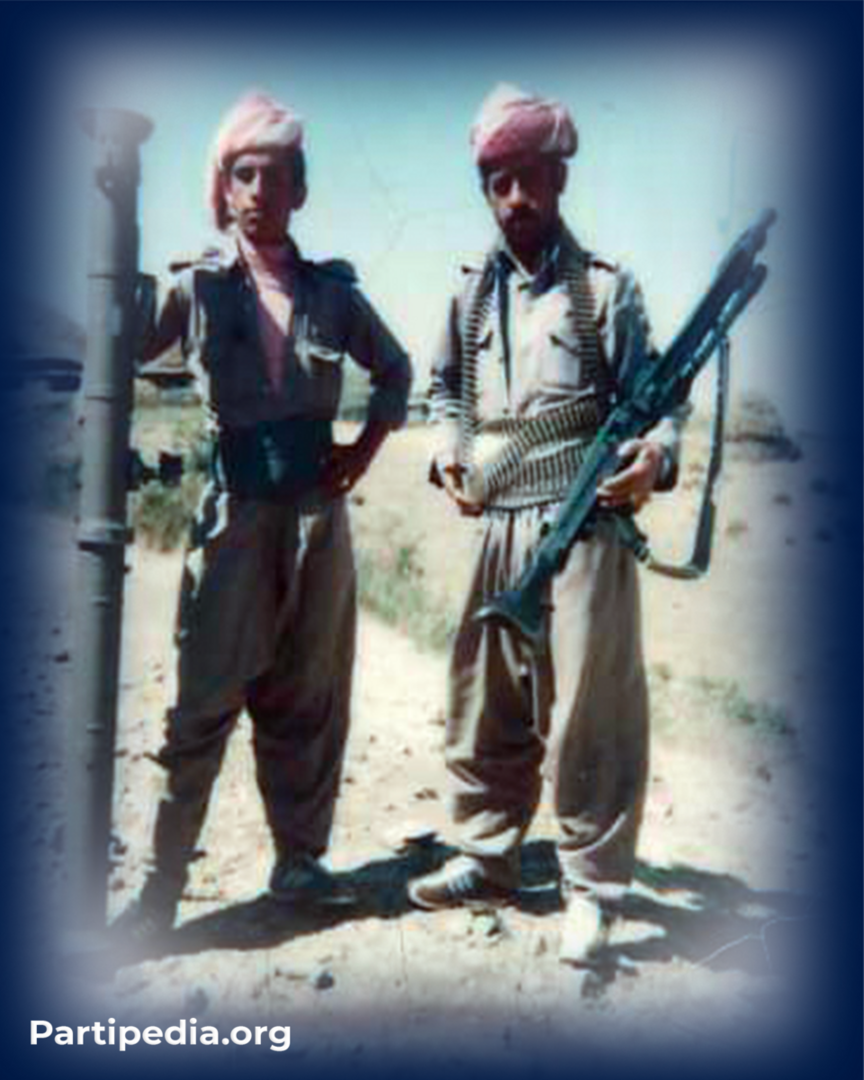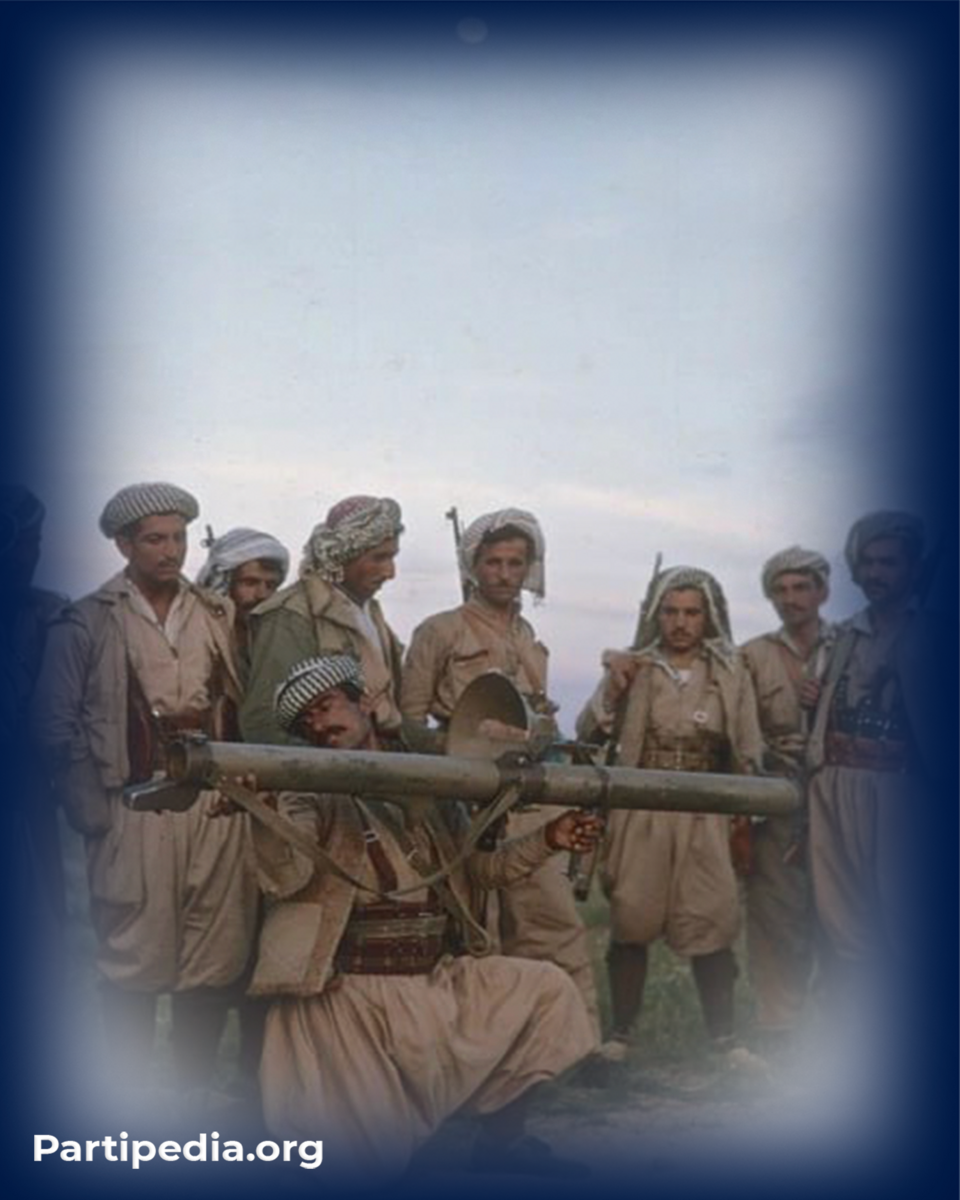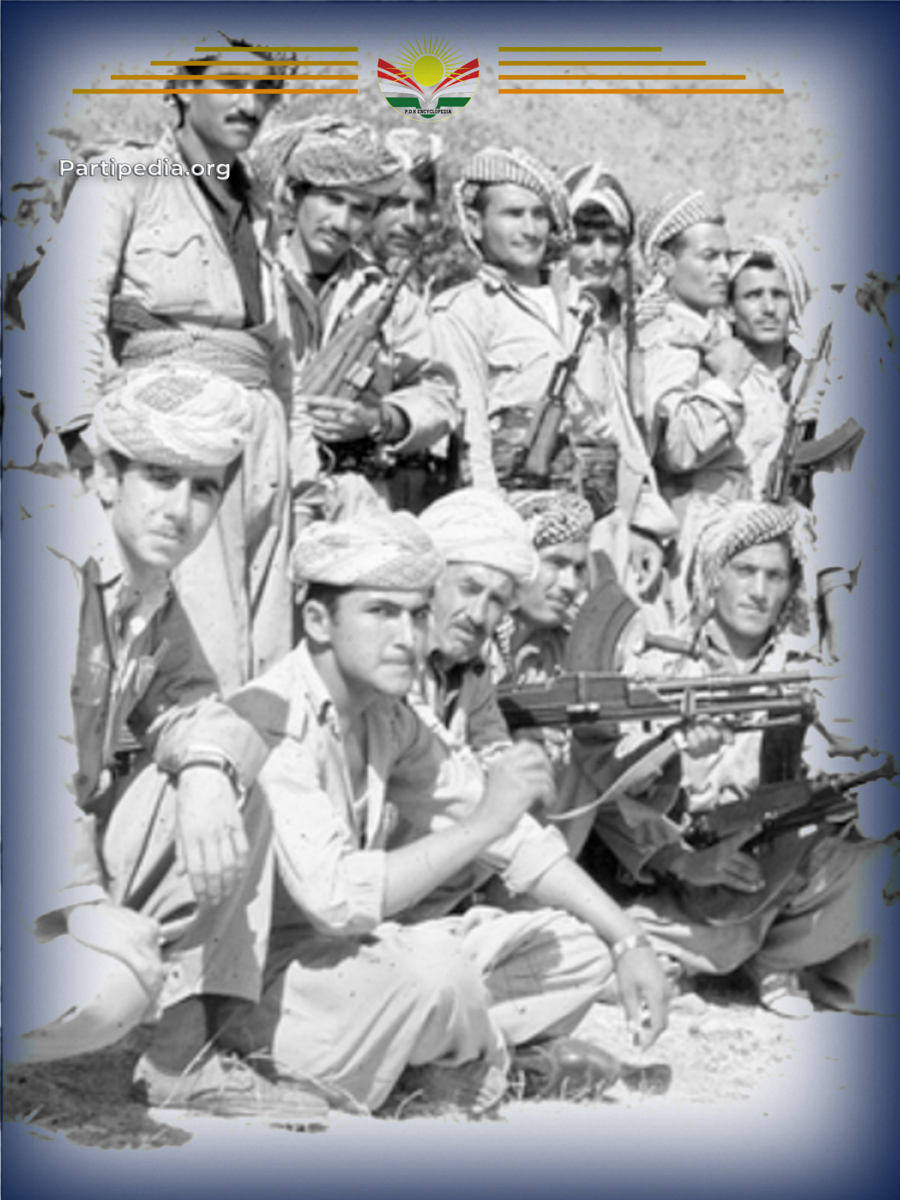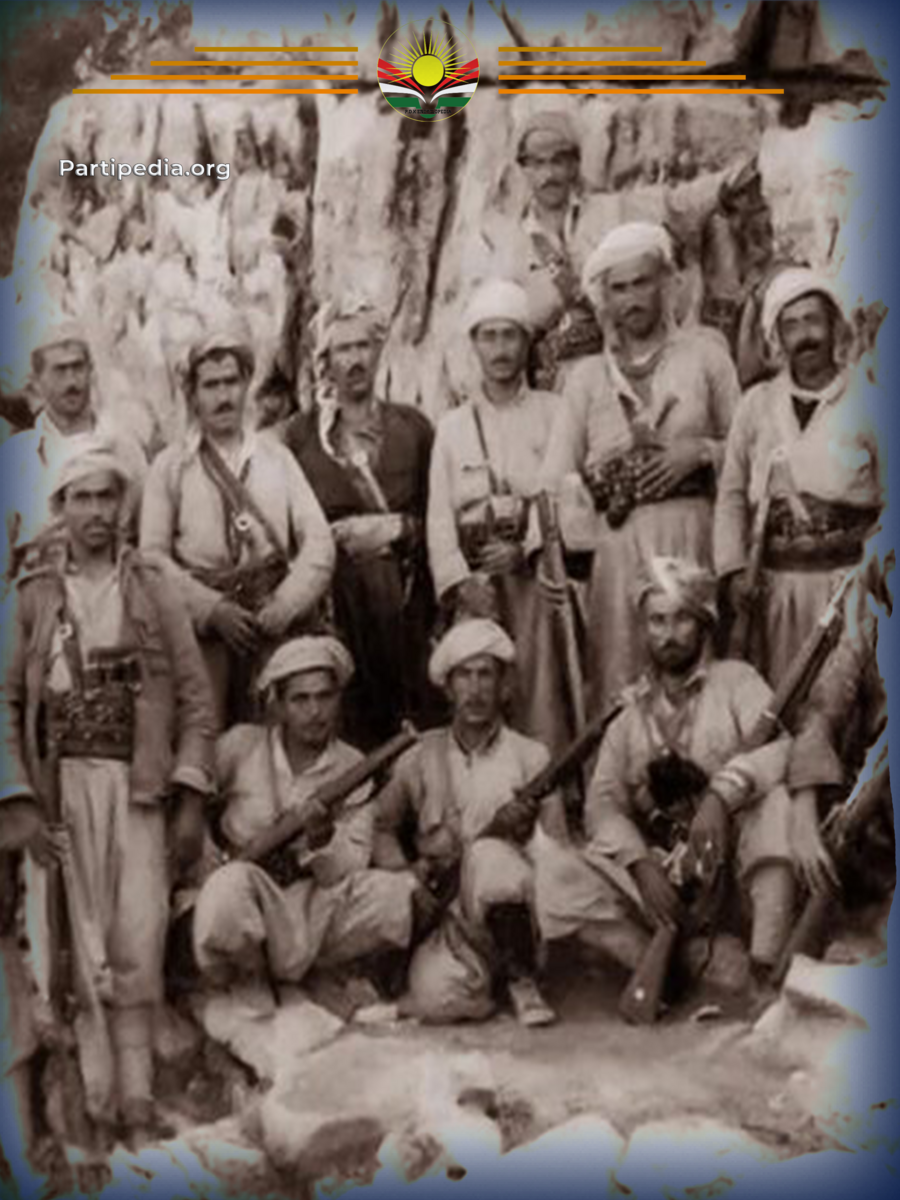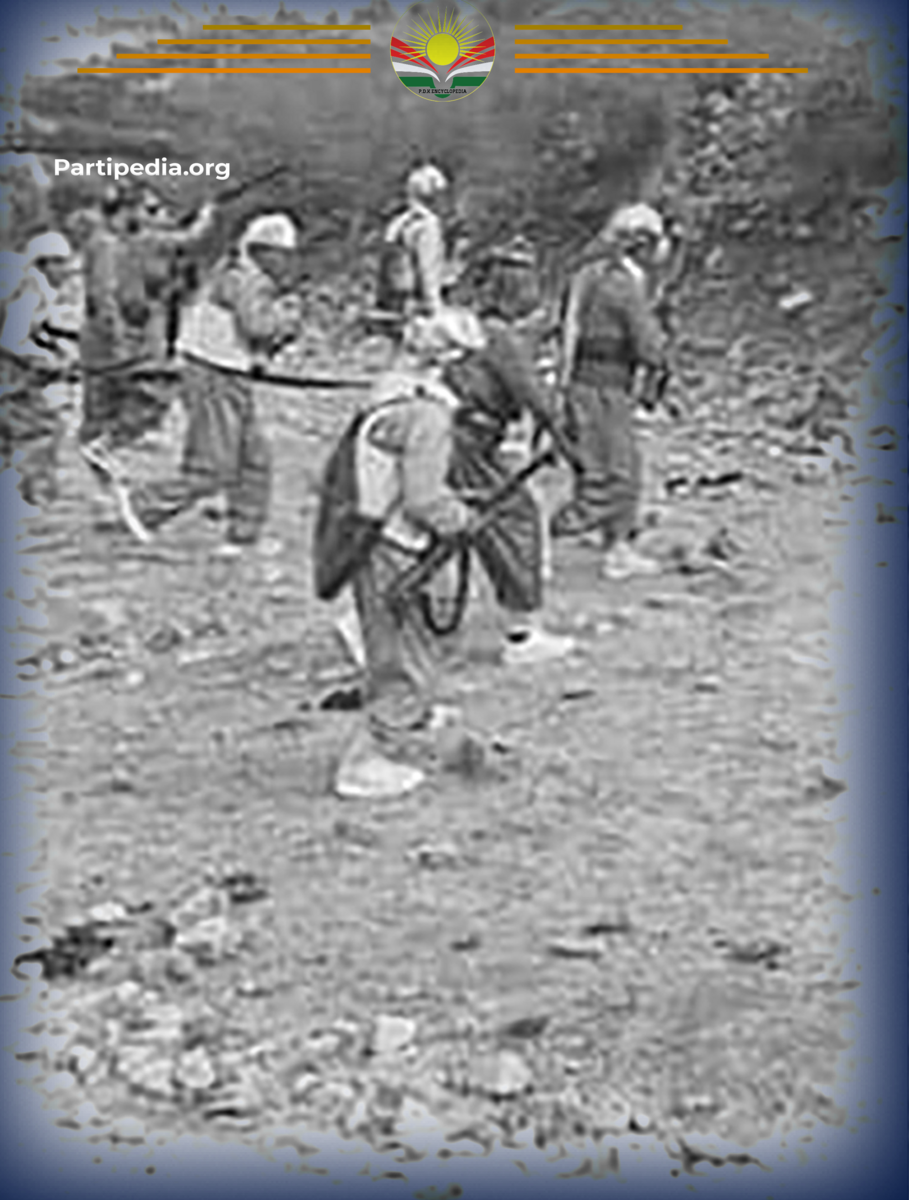Kanialnja, situated in the Barzan region, is a village positioned 2 km away from the primary road connecting Mergasor and Sherwan Mazen. It shares borders with the neighboring villages of Halania and Berokhi in Northern Kurdistan. Administratively, Kanialnja falls under the jurisdiction of Mergasor. Tragically, similar to numerous other villages, the Ba'ath government demolished Kanialnja in 1979, compelling its inhabitants to relocate to the coerced settlements of Diyana, Harir, Bahrka, and Qushtapa. Furthermore, the residents of Kanyiyalnja have played a significant role in various Kurdistan revolutions, contributing famous revolutionaries like Ahmad Muste, Salih Ali Mohammed (Sako Kaniyalnji), and numerous others, in terms of revolution and resistance.
Following the Gulan Revolution and the Ninth Congress of the Kurdistan Democratic Party (KDP) in Eastern Kurdistan on November 10, 1979, a resolution was made to deploy the Peshmerga forces to Kurdistan for the purpose of organizing and executing Peshmerga activities across various regions. Notably, the Barzani region fell under the jurisdiction of the right wing of the second branch of the Kurdistan Democratic Party (KDP), which was divided into two primary wings - the right and the left. The right wing, led by Dr. Saeed Barzani and supported by a committee comprising Haji Mirkhan Dolamari, Mullah Omar, Col. Nihad, and Tarq Mawloud, was tasked with overseeing the Barzan region and its adjacent areas.
The Peshmerga forces initially reached the area from Mount Bradost. Subsequently, they established their headquarters within a cavern and stockpiled essential provisions and sustenance. Their primary objective was to gather intelligence regarding the military bases and checkpoints in the vicinity. These installations were strategically arranged in a zigzag pattern to safeguard the main thoroughfares and were fortified with mines.
The Barzan Force Peshmerga engaged in a series of activities which included an assault on checkpoints and government military installations in Kanialnja. Following the strategic planning to target the military bases in the region, the operation was executed on November 21, 1983. The Peshmerga successfully raided the bases and headquarters as planned, managing to seize control and inflict significant damage. This attack not only resulted in substantial losses for the government forces but also instilled fear in the Iraqi army regarding the presence of Peshmerga forces in the area, prompting continued assaults on Ba'athist bases and headquarters. Nevertheless, the Peshmerga forces suffered casualties during the confrontation, with three Peshmergas identified as Salih Omar, Anwar Khardni, and Zuber Hars Mamiski losing their lives.
Sources:
١-هاشم شێروانی، دهڤهرا بارزان، جوگرافیا – دیرۆك – كهلتور، چاپی یهكهم، چاپخانهی وهزارهتی ڕۆشنبیری، ههولیر – ٢٠٠٨.
٢-حاجی میرخان دۆڵهمهری، گهڕان بهدوای دادپهروهریدا، بهرگی دووهم، چاپی دووهم، كوردستان – ٢٠٢١.
٣-مهسعود بارزانی، بارزانی و بزوتنهوهی ڕزگاریخوازی كورد، بهرگی چوارهم، ١٩٧٥-١٩٩٠ شۆڕشی گوڵان، بهشی دووهم، چاپی یهكهم، چاپخانهی ڕوكسانا، ٢٠٢١.
٤-دهستهی ئینسكلۆپیدیای پارتی دیموكراتی كوردستان، مێژووی پارتی دیموكراتی كوردستان – كۆنگرهو كۆنفراسی(پڕۆگرام و پهیرهوی ناوخۆ) بهرگی یهكهم، چاپی یهكهم، چاپخانهی ڕۆژههلات، ٢٠٢١.




